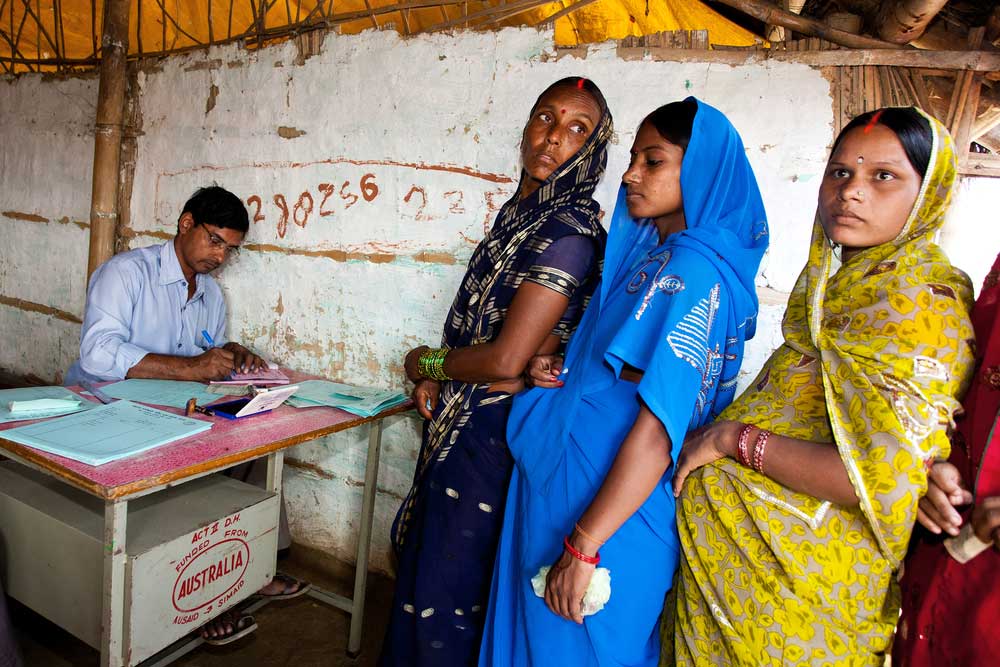The National Health Profile, 2018 has thrown up some worrying figures about women’s reproductive health, especially in West Bengal. It shows that 71.9 per cent pregnant women in the state do not have access to iron and folic acid tablets. Further, only 21. 8 per cent expectant mothers get full antenatal care. Statistics from other states are as alarming. In Bihar, 96.7 per cent women do not get full antenatal care and in Uttar Pradesh, the figure is a dismal 94.1 per cent. Improper implementation of policies and lax monitoring on the part of states, the report suggests, are the primary causes of such neglect. Most welfare measures in India are stymied by problems and this must be remedied. But the roots of apathy towards the health of Indian women run deeper and are often invisible. In honour of iniquitous customs, women in traditional set-ups are expected to eat only after the rest of the family has eaten. The leftovers they consume are devoid of nutrient-rich food, which could increase iron levels in the blood. Significantly, a recent experiment in Rajasthan found that malnutrition levels in women and children fell when they ate along with the family. Then, there is the spectre of shame associated with women’s health. Menstruation — a time when women are most susceptible to iron loss — is one instance when stigma prevents women from voicing problems and seeking help. Worse, the practice of segregating menstruating women is not limited to Nepal: Tamil Nadu, reportedly, has witnessed such transgressions. The prevalence of such exclusionary practices is behind the high burden of anaemia — iron deficiency being the main cause — among Indian women. Anaemia, in turn, leads to high infant and maternal mortality rates, and malnourishment among children.
Cultural practices and institutional indifference are not the only obstacles that need to be overcome. A dietary imbalance is discernible in India. The prioritization of rice and wheat in the public distribution system and, arguably, scientific research has edged out indigenous food items like millet that are packed with iron. Survey shows that between 1983 and 2011, changing dietary patterns reduced iron intake in India by 21 per cent in rural areas. In urban India, the figure was 11 per cent. Introduction of nutrient-rich coarse cereals in the PDS could perhaps be an efficient intervention in the fight against anaemia, given that some 85 per cent households depend on it for sustenance.













